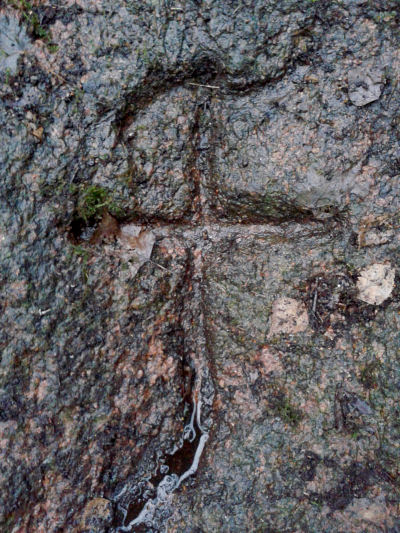|
Strona archiwalna!
Ta strona zawiera treści archiwalne, które nie były zmieniane po 23 września 2019 r. Jeśli chcesz wiedzieć więcej zapoznaj się z deklaracją dostępności
|
||||||
archiwum
 2006 2006
 2008 2008
 2010 2010
 2012 2012
 2014 2014 |
||||||

| ||||||
 |
 |
|||||

|
||||||
| strona główna założenia regulamin kalendarium wskazówki pobierz jury rejestracja zgłoszone projekty galeria gallery | archiwum kontakt | |||||
Description popularizing the research project Forbidden fruit always tastes the best. One of the biggest temptations is crossing borders, especially the ones you mustn't cross. It does not only mean breaking taboos, or reaching farther than the eye can reach. From the dawn of our species, our human nature pushed daredevils and adventurers to trespass territories occupied and jealously guarded by others. As human communities developed, so did the necessity to mark the territories, where uninvited visitors were not welcome, become more and more important. Since ancient times, the colourful patches marking countries changed like in a kaleidoscope. In the wake of victorious leaders and their armies the countries expanded at the cost of the defeated. As a result of pacts and alliances signed throughout the centuries, new borders were drawn. A dotted line in a map seems to be obvious. Yet, crossing the more obscure one, lying hidden in the landscape, may result in a rain of arrows sent by the defenders. Marking the borders in the landscape is as important as describing them in signed and sealed treaties. When two territories are not separated by a river or a mountain range, it is necessary to mark the border in a different clear way e.g. by placing border stones there. Abstract The aim of this project is to reconstruct the process of delimitation of the national border on the basis of the Polish-Lithuanian border in the 16th and 17th century. The process was orga-nized in a systematic way, as it offered a strategy of the border delimitation. In the 18th century, the border stones between the lands of Lublin (Kingdom of Poland) and Brze�� (the Grand Duchy of Lithuania) were mentioned several times. The glacial stones offered scriptures and drawings, most of which were destroyed over 100 years ago when the stones were used for paving roads. Owing to their durability they were also used as the border stones. Some other signs such as engraved trees or mounds were frequently destroyed. Rarely can be these signs of material culture found, and those signs which are the subject of my research are the only ones that can be linked with Polish-Lithuanian border disputes. What is interesting is not only their origin and use but also their physical-mechanical features which determined possibility of using them. One of the detailed aims of this research project is documentation (photography and description) of the preserved border stones. So far, four such stones have been found. During my field research, I based my search on written sources and information available from the local community. Registration and description of the stones offers a new insight into the now non-existing border but also can function as a springboard for the creation of a map of such glacial stones. Thanks to my cooperation with the restoring service, it was agreed that a historical analysis of the stones gives grounds for them to be legible for conservation. The cultural significance of the stones came as a surprise for the local community. Research Direc-tor/ Abstract and Photography Author - Dominik Szulc, PhD (the History Institute at the Polish Academy of Sciences)
|


|
|||||












